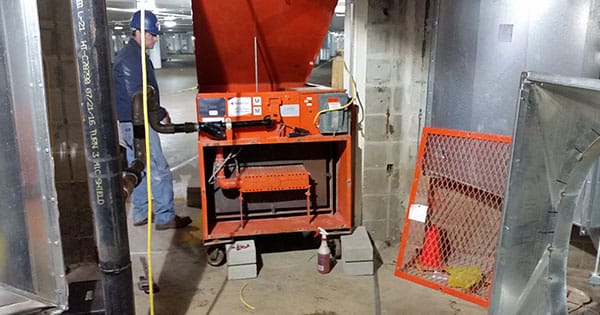10 Point Checklist to Maintain Temporary Heaters & Equipment



Despite “BTU” appearing on residential and commercial heating and cooling equipment, few people understand what it means.
BTU stands for British Thermal Unit, and represents the amount of energy required to raise 1 pound of water 1° F at sea level. Common heating and cooling equipment are rated in terms of how many BTUs per hour they can add to or remove from the air. The higher the BTU rating, the more heating or cooling capacity the unit has. The heating ventilation and air conditioning (HVAC) industry uses BTU to size heaters and air conditioning units for different applications.